Aquarium enthusiasts often find themselves excited when their beloved fish starts exhibiting unusual behaviors or physical changes. One such change that can stir up curiosity is the appearance of a gravid spot on a Molly fish.
Gravid spots are dark, blackish patches that appear on the belly of a female fish and are often associated with pregnancy. However, not all gravid spots indicate pregnancy, and it is essential to understand the underlying causes of this phenomenon. Here, aims to shed light on the gravid spot on Molly fish and whether it is a sign of pregnancy or not.
Molly fish are popular among aquarium owners due to their vibrant colors, active personalities, and ease of care. However, it is not uncommon for Molly fish to develop a gravid spot, which can lead to confusion and speculation about their reproductive status.
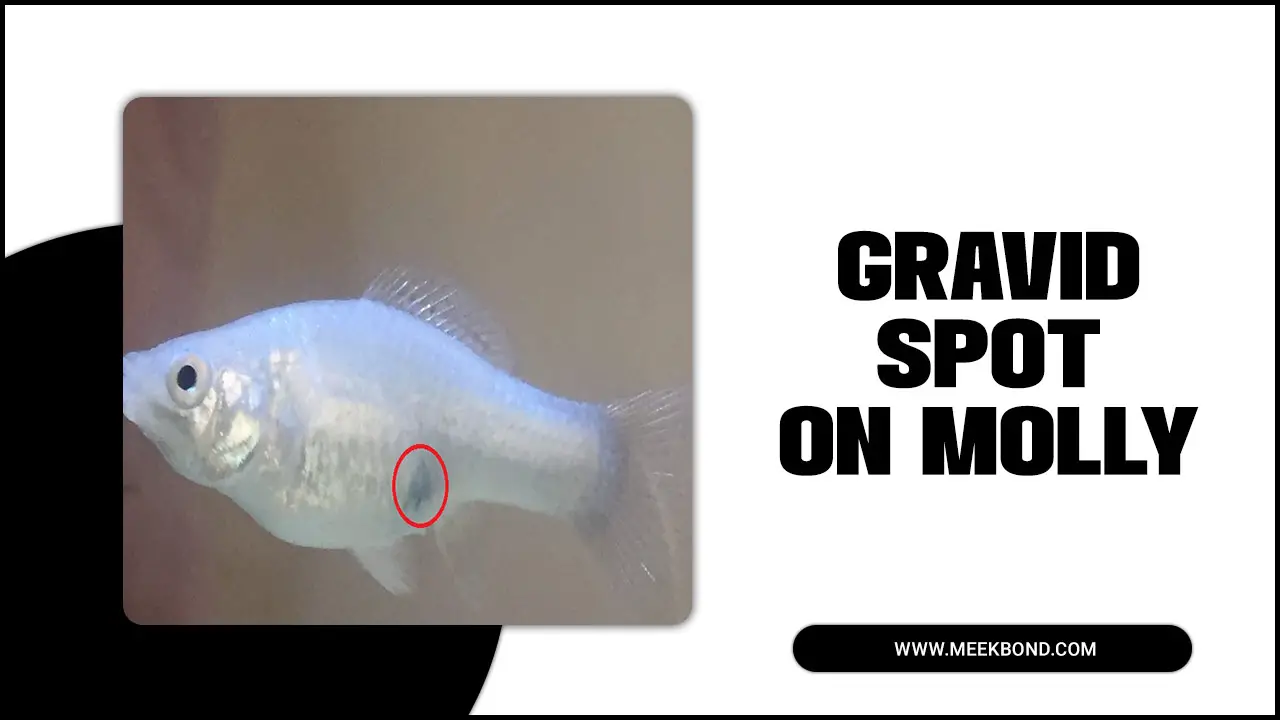
What Is A Gravid Spot On A Molly Fish?
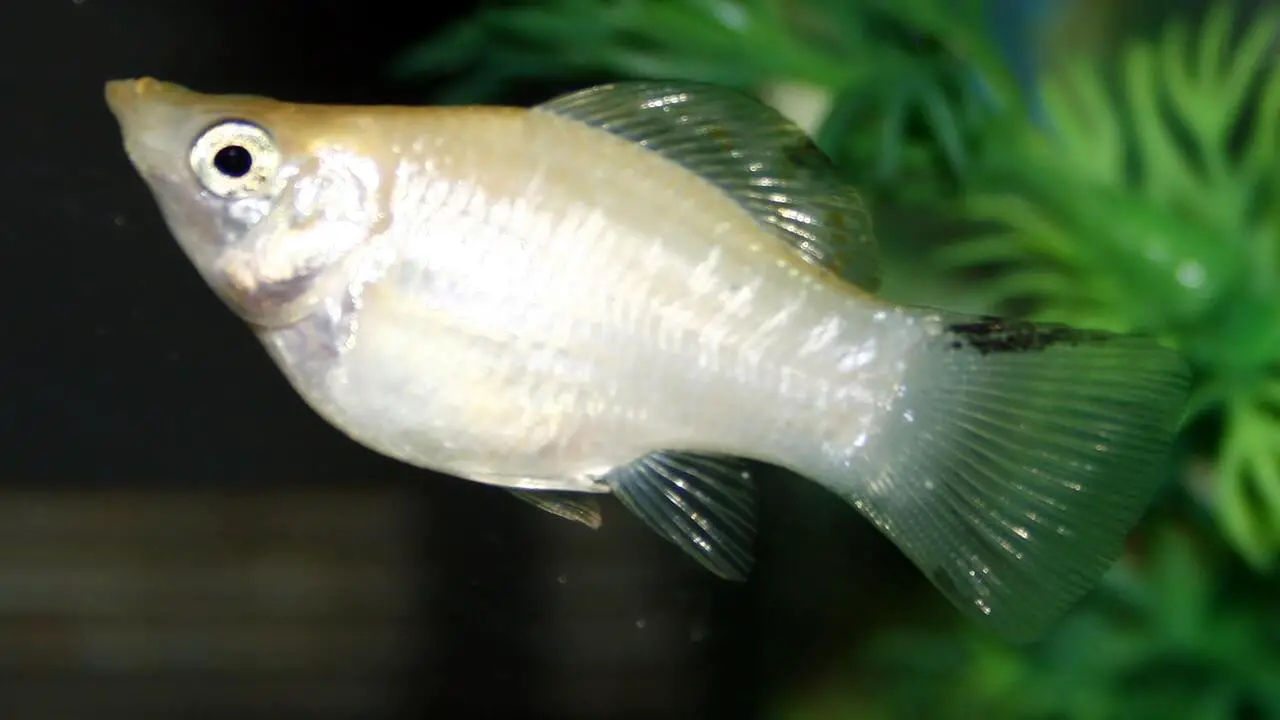
A gravid spot on a Molly fish is a dark, triangular-shaped area located near the vent on the female’s abdomen. This spot is an indicator that the fish is pregnant and contains developing fry (baby fish) inside her body. The gravid spot can range from pale yellow to dark black, depending on the species and individual fish.
It is caused by the accumulation of pigment cells in the skin, which become more visible as the pregnancy progresses. Fishkeepers often use the presence of a gravid spot as a visual cue to determine if their Molly fish is pregnant and nearing the time to give birth.
Identifying Pregnancy By Gravid Spot On Molly Fish Anal Fin

The gravid spot on a molly fish is a dark, triangular-shaped spot that appears near the back of the female’s abdomen. This spot is an indication that the fish is pregnant. As the pregnancy progresses, the spot may become darker and more pronounced. It is caused by the presence of developing embryos inside the female’s body.
The gravid spot can be a helpful tool for identifying pregnant molly fish, especially for those who are new to breeding or keeping livebearers. However, it is important to note that not all females will develop a conspicuous gravid spot, so other signs, such as a rounded belly and increased appetite, should also be considered when determining if a molly fish is pregnant. If you suspect your molly fish is pregnant, it is important to provide proper care and nutrition to support the development of the fry.
The Purpose Of The Gravid Spot In Molly Fish
The gravid spot on a Molly fish serves an important purpose in the reproductive process. The gravid spot is the darkened area near the anal fin of female Mollies, and it indicates that the fish is pregnant. This spot becomes more prominent as the female develops eggs within her body.
It is a visual cue for both the fish and aquarium owners to know when the female is ready to give birth. As the pregnancy progresses, the spot may darken or even change color, indicating the imminent arrival of fry (baby fish). So, if you notice a gravid spot on your Molly fish, it’s a sure sign that new additions to your aquarium are coming!
How To Identify A Pregnant Molly Fish Through The Gravid Spot
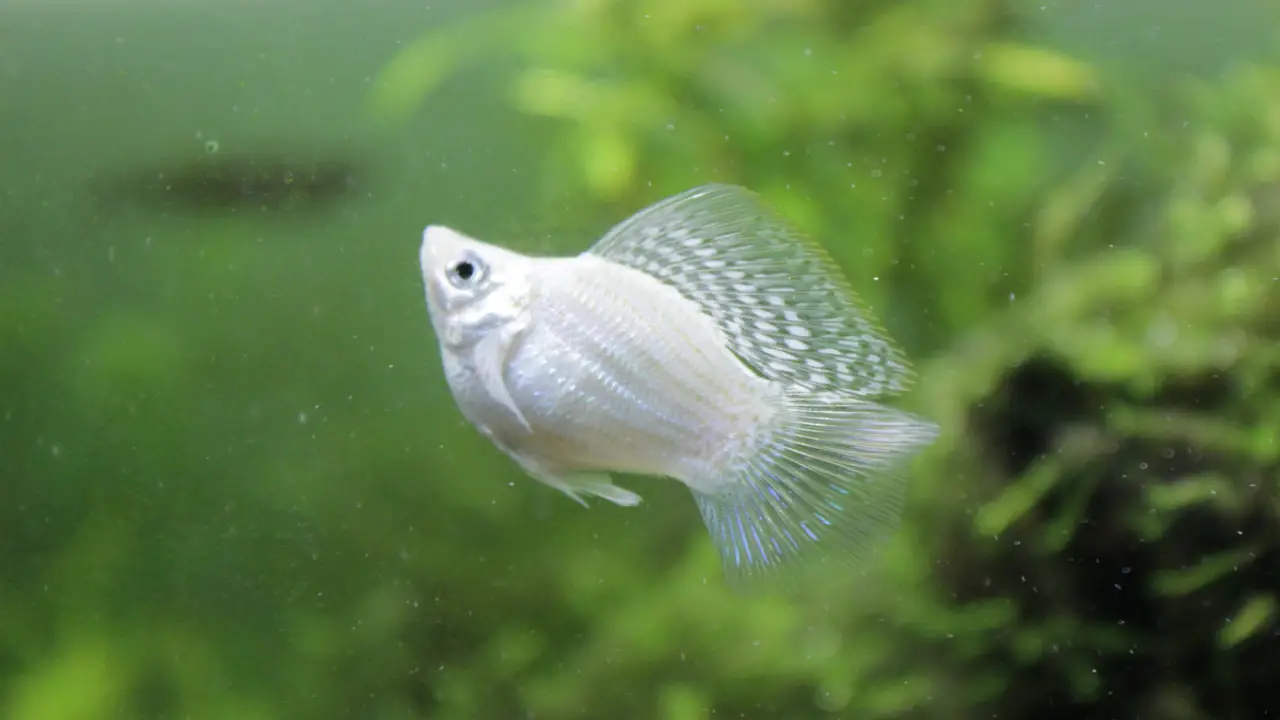
The gravid spot on a Molly fish is an important indicator of pregnancy. Located near the back of the fish, just above the anal fin, the gravid spot is a darkened area that becomes more pronounced as the female Molly becomes pregnant.
It is caused by the accumulation of eggs in the female’s abdomen. The color of the gravid spot can vary depending on the species and individual fish. In most cases, it will appear dark or black, but it may also be red or orange. By observing the changes in the gravid spot over time, fishkeepers can determine if their Molly is pregnant and monitor the progress of her pregnancy.
Other Signs Of Pregnancy In Molly Fish
A female molly fish may display a swollen belly or abdomen, a common physical sign during pregnancy. Increased appetite and feeding behavior are also typical during this time. Furthermore, the behavior of pregnant mollies can change, such as seeking out secluded areas or hiding.
As they near the end of their gestation period, some pregnant mollies may experience a decline in appetite. Additionally, physical signs of pregnancy, like a rounded shape and protruding scales, may be observed. These signs, along with the gravid spot, can help identify the pregnancy of a molly fish.
Understanding The Changes In Behavior And Appearance During Pregnancy
During pregnancy, a pregnant molly fish may show increased activity and restlessness, possibly due to the extra energy required for nurturing her fry. An advanced sign of pregnancy is the presence of fry eyes visible through the mother’s abdomen. As the pregnancy progresses, her belly becomes larger and more pronounced.
You may also notice a shivering or trembling motion, caused by the movement of fry inside her belly. Additionally, changes in the shape or position of the dorsal fin can indicate pregnancy. These changes in behavior and appearance are exciting milestones in a mother, Molly’s journey towards welcoming her own fry into the world.
Taking Care Of Pregnant Molly Fish
To ensure the well-being of your pregnant Molly fish, it’s important to provide a stress-free environment, minimizing disturbances and sudden changes. Maintaining optimal water conditions, including proper filtration and regular water changes, is essential for their health.
Ensure a balanced diet for the mother Molly by feeding her quality fish food and occasional treats. Regularly monitor her health and behavior to catch any signs of distress or illness. And remember, it’s best to avoid handling or moving the pregnant Molly fish unless absolutely necessary to minimize stress.
Preparing A Separate Tank For Birthing
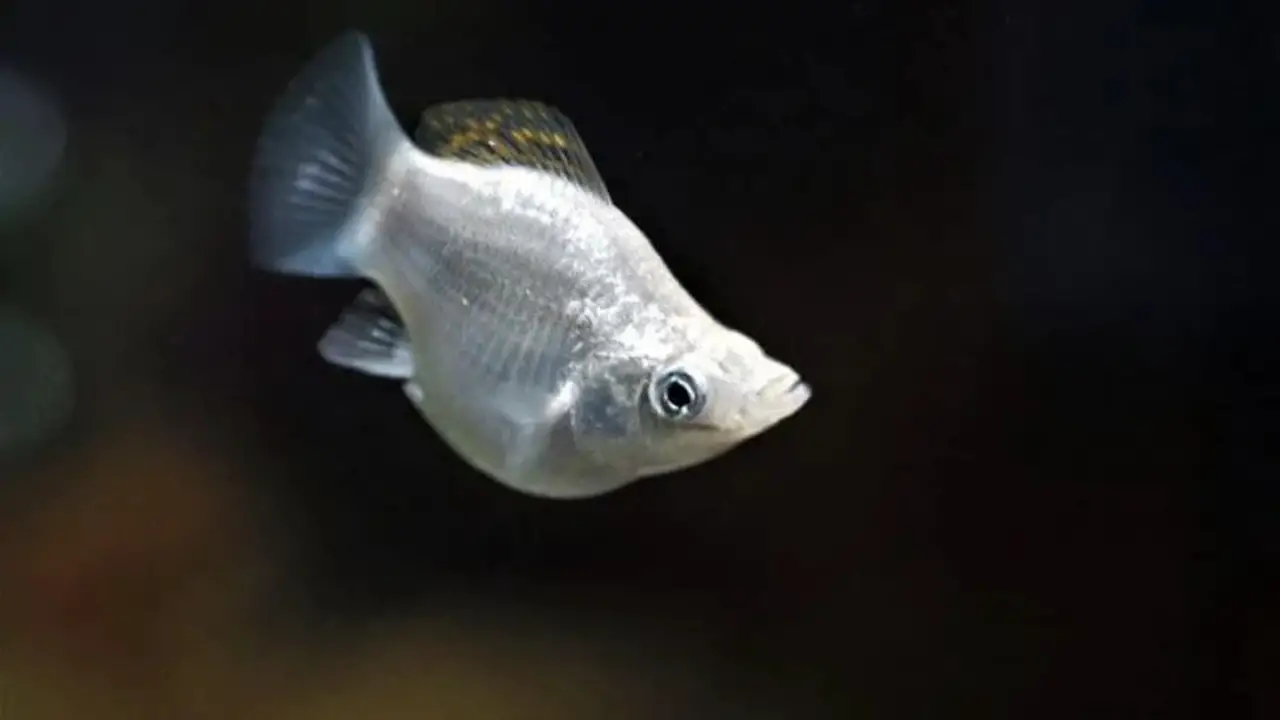
To ensure the safety of pregnant mollies and their fry, it is important to set up a separate birthing tank. This can be done by using a breeding net or a floating breeding box within the main tank to keep the pregnant molly isolated.
Providing hiding places or plants in the birthing tank allows the fry to seek shelter and protection. It is crucial to maintain suitable water conditions and a stable temperature in the birthing tank. Once signs of labor are observed, it is time to transfer the pregnant molly to the birthing tank.
Feeding And Nutrition For Pregnant Molly Fish
To support the nutritional needs of pregnant mollies, it is important to offer them a varied and nutrient-rich diet. Consider feeding smaller, more frequent meals to accommodate their increased appetite. Including high-quality fish foods specifically formulated for livebearers or pregnant fish can provide the necessary nutrients.
It is also beneficial to supplement their diet with suitable treats like frozen or live foods for added nutrition. Monitoring the molly’s feeding behavior and adjusting the quantity of food as needed ensures they receive adequate nourishment throughout their pregnancy.
Monitoring And Maintaining Water Quality During Pregnancy
To ensure the optimal health of pregnant mollies, it is important to monitor and maintain water quality in the fish tank. Regularly testing the water parameters, including ammonia, nitrite, nitrate, and pH levels, is crucial.
Performing regular water changes helps prevent the buildup of toxins and maintains a high-quality environment for the mother, Molly, and her fry. Additionally, using aquarium heaters or overhead UV lights can help regulate temperature and prevent stress. It is essential to avoid using medications or chemicals that may harm or stress pregnant mollies.
What To Do After The Fry Are Born
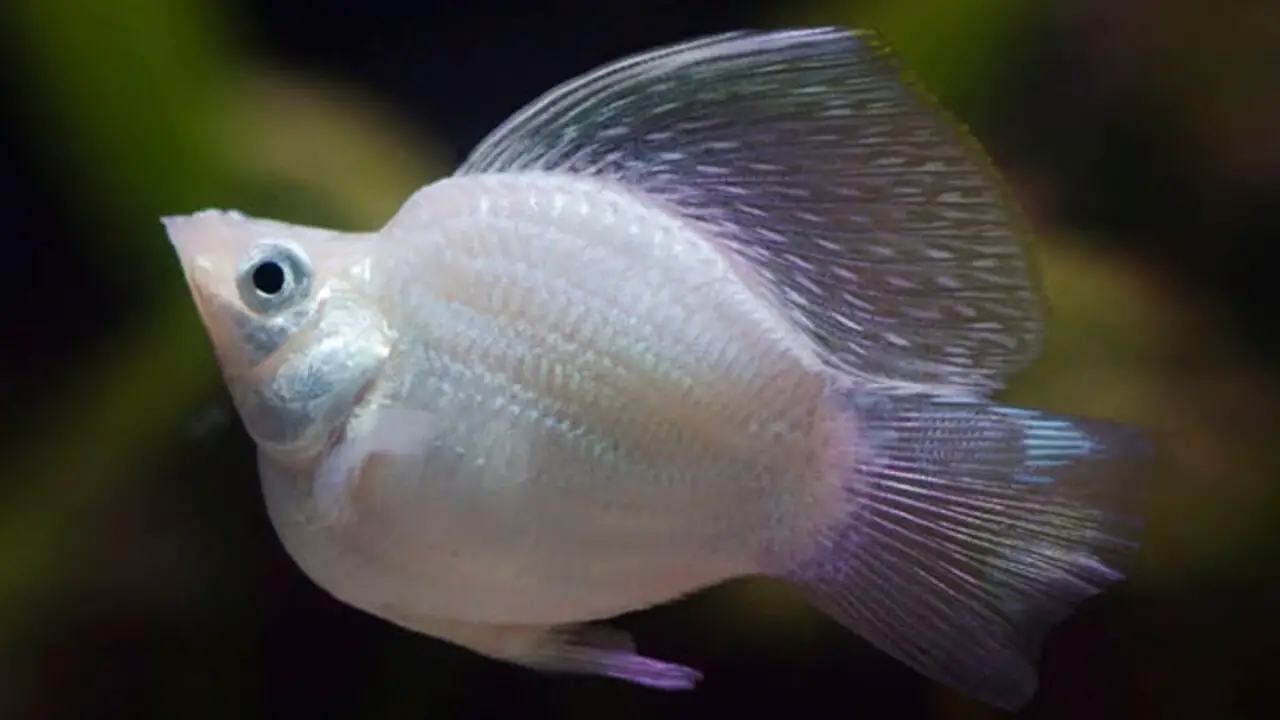
After the fry is born, allowing them time to acclimate and adjust to their surroundings is crucial. Provide suitable food for the newborn fry, such as powdered or liquid, to ensure proper nutrition. To protect the fry from being eaten by adult mollies, consider removing the adults from the birthing tank.
It’s also important to offer hiding places and plants in the tank, allowing the fry to seek shelter and protection. Monitor the health and growth of the fry closely and separate them into a separate tank as they continue to grow.
Conclusion
A gravid spot on a Molly fish is a reliable indicator of pregnancy. This dark spot located near the anal fin is caused by the accumulation of developing eggs within the female Molly’s body. However, it is important to note that the gravid spot alone is not the only sign of pregnancy in Molly fish. Other signs such as a swollen abdomen, changes in behavior, and increased appetite also indicate pregnancy.
To ensure the well-being of the pregnant Molly fish, it is crucial to provide a separate tank for birthing, maintain proper nutrition, and monitor water quality. By understanding and addressing the needs of pregnant Molly fish, you can ensure the successful birth and growth of healthy fry. We have provided bulk information for a gravid spot on molly and hope our information was helpful from your perspective
Frequently Asked Questions
What Are The Gravid Spots On Molly Fish?
Gravid spots on Molly fish are dark, triangular-shaped marks found on the abdomen of females. These spots indicate that the fish is pregnant and carrying eggs. As the pregnancy progresses, the gravid spots become more prominent. Once the eggs are released, the gravid spot will disappear.
What Does A Gravid Spot Look Like On A Black Molly?
A gravid spot on a black molly is a dark, triangular-shaped patch near the fish’s anal fin. It becomes more prominent in pregnant females and indicates that she carries developing eggs. This spot is a sign that the black molly may give birth to fry soon.
Why Can’t I Find The Gravid Spot On My Molly Fish?
The visibility of the gravid spot on a Molly fish can be challenging, especially in lighter-colored fish. It may not be visible until the fish is close to giving birth. Stress, poor water conditions, and illness can affect its visibility. Look for other signs of pregnancy, like a rounded belly or behavioral changes.
Should The Gravid Spot On A Guppy Disappear After Birth?
No, the gravid spot on a guppy should not disappear after birth. It indicates pregnancy in female guppies and may change shape or size during pregnancy. Although it may become less prominent after giving birth, it will still be visible.
How To Tell Whether Molly Fish Is Pregnant Or Not?
To determine if a Molly fish is pregnant, look for a dark spot near the anal fin called the gravid spot. Additionally, pregnant females may appear rounder or larger than usual, and males may become more aggressive. Pregnant Molly fish may also show less interest in food and become more reclusive.

Aquarium passion is all about connecting with the aquatic life and providing education to the public on the importance of these creatures. We showcase a wide variety of marine life through our exhibits as well as working with schools to provide unique learning opportunities for students of all ages.

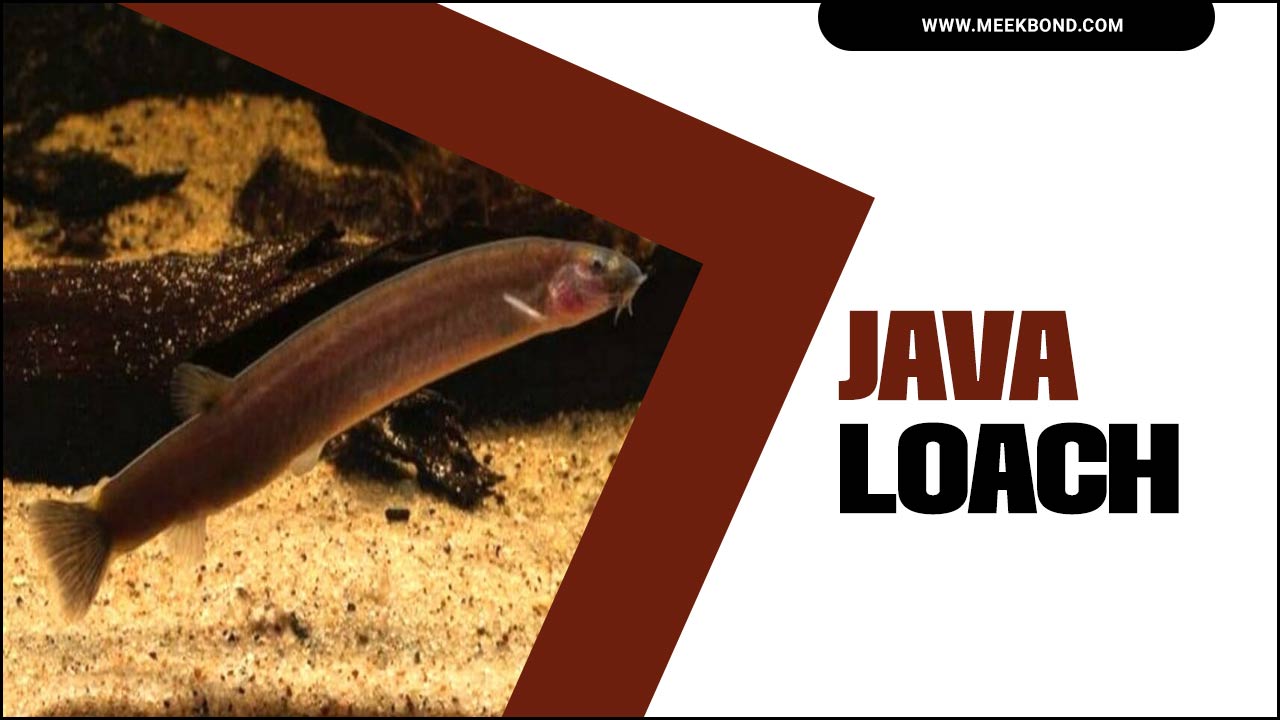
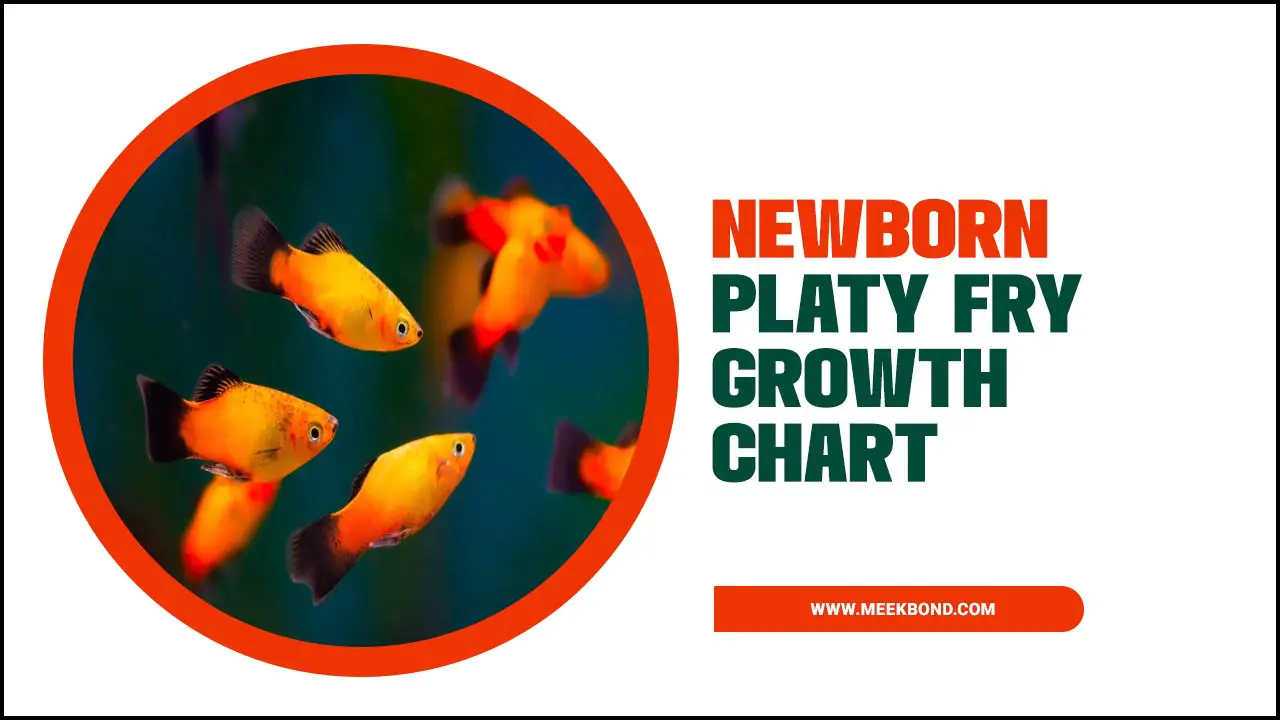
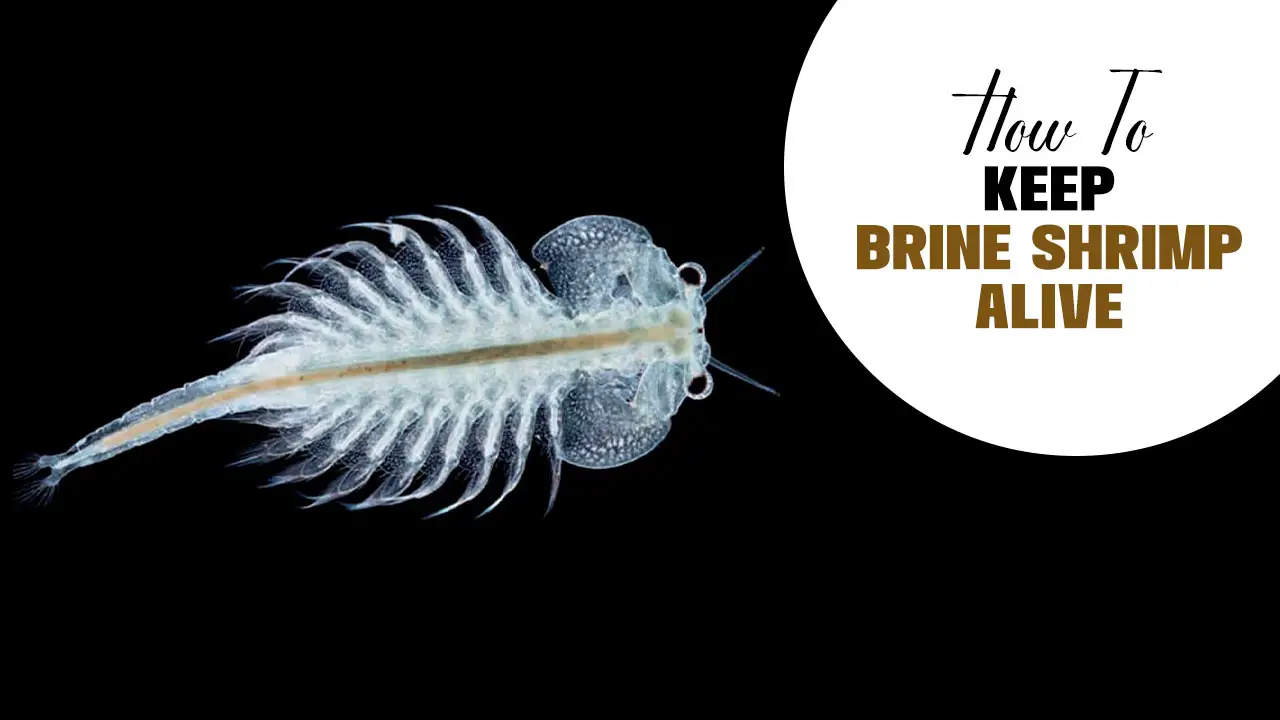
![How To Create Your Own DIY Fish Food [You Should Know]](https://meekbond.com/wp-content/uploads/2023/03/How-To-Create-Your-Own-DIY-Fish-Food.jpg)




